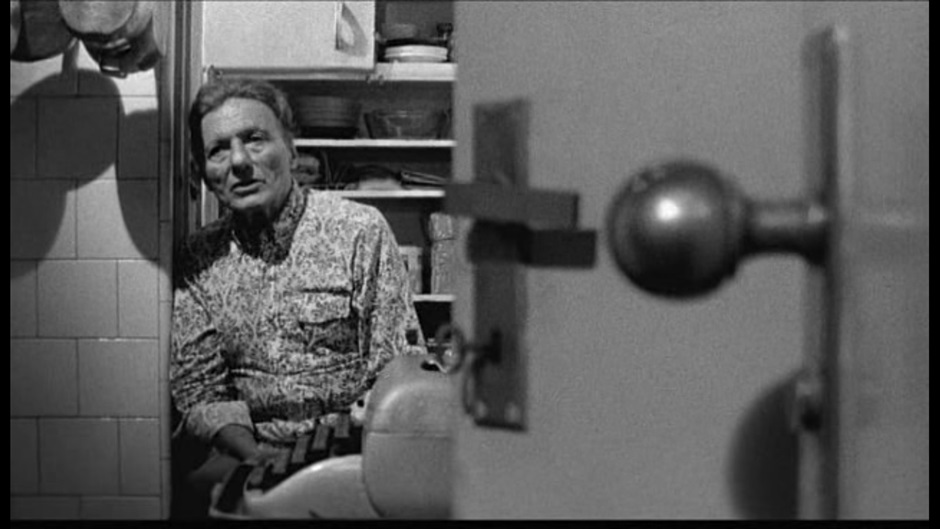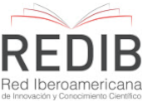El retrato que fue y el que pudo haber sido: A propósito de "Santiago. Uma reflexão sobre o material bruto" (João Moreira Salles, 2007)
Palabras clave:
retrato cinematográfico, archivo familiar, trabajo doméstico, cine brasileñoResumen
El siguiente artículo propone explorar las figuraciones del trabajo doméstico en Santiago. Uma reflexão sobre o material bruto (João Moreira Salles, 2007), a partir de un análisis del material documental que retrata a Santiago a lo largo de cinco días de entrevistas. La película boceta un retrato de Santiago y deja ver tres pilares que la sostienen, vinculados a la relación entre imagen y poder. En primer lugar, el poder del entrevistador y el entrevistado. En segundo lugar, el poder que ejerce la cámara sobre el retratado. Y, por último, el poder de “el niño” sobre el mayordomo. La hipótesis del artículo sugiere que Santiago se desliza por los vericuetos de estas tres capas de poder que parecieran caer sobre él.
Descargas

Descargas
Publicado
Cómo citar
Número
Sección
Licencia
Derechos de autor 2025 Francisca Pérez Lence

Esta obra está bajo una licencia internacional Creative Commons Atribución-NoComercial-SinDerivadas 4.0.
Imagofagia adhiere a las diferentes iniciativas que promueven el acceso libre al conocimiento, por lo que todos los contenidos de la revista son de acceso libre y gratuito según la política de Creative-Commons de tipo Reconocimiento-NoComercial-SinObraDerivada 4.0.
Los autores conservarán la propiedad intelectual de los trabajos y concederán a Imagofagia el derecho de su primera publicación bajo las condiciones de dicha política. El envío de cualquier colaboración a la revista implica la aceptación de lo establecido en este documento y la autorización al Comité Editorial para incluirlo en su página electrónica, reimpresiones, colecciones y en cualquier otro medio que permita lograr una mayor y mejor difusión de la publicación.
Luego de su publicación en Imagofagia, los autores podrán republicar sus trabajos o distribuirlos libremente en forma electrónica mencionando su aparición inicial en esta revista.




















